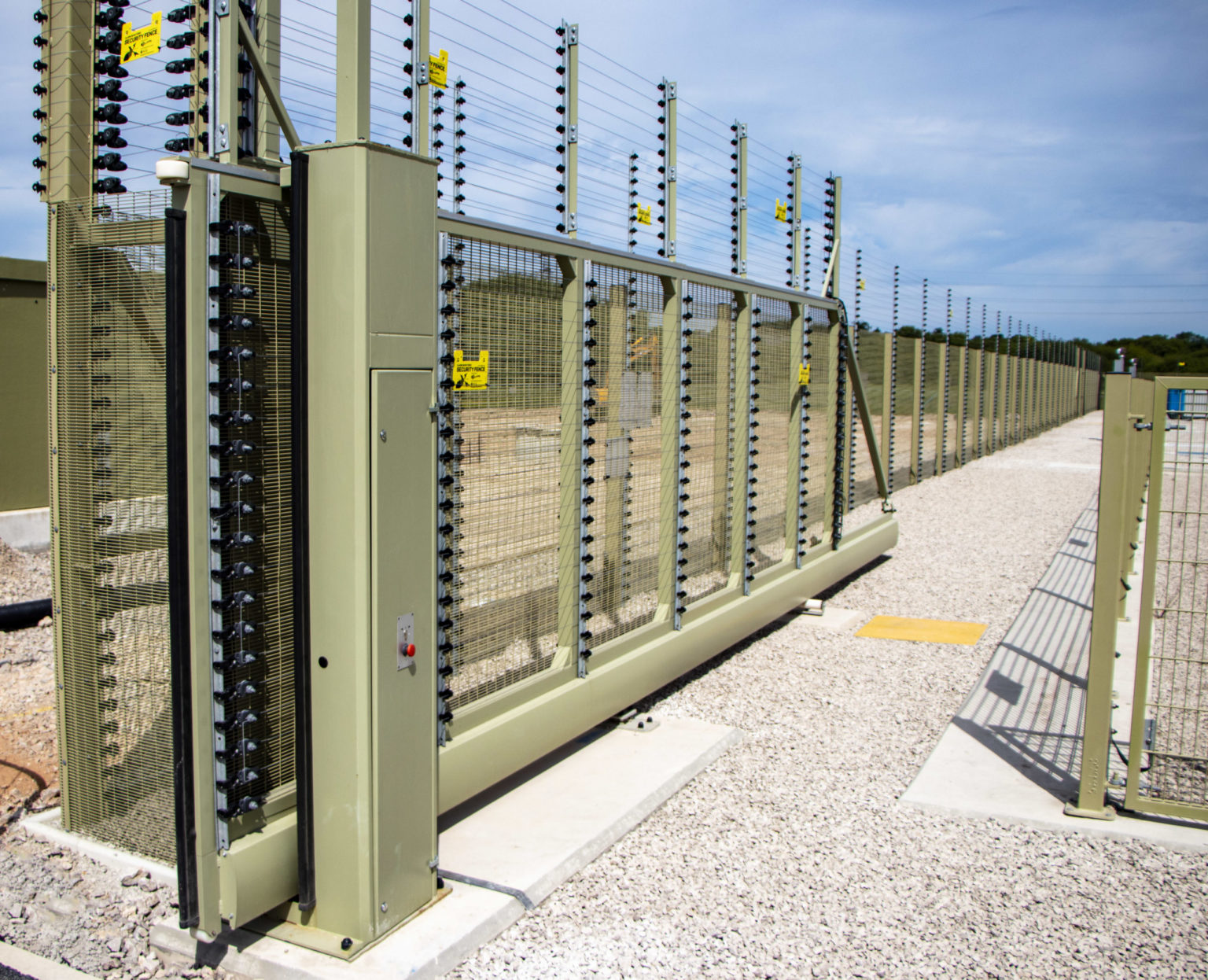Exclusive: The physical line


James Thorpe
Share this content
When we think of physical security our initial thought often turns to how to keep people out rather than how we let them in. In an industry where over 90% of the physical line is designed to prevent access, Stewart Plant, Director of Marketing at CLD Fencing Systems looks at why fencing isn’t the only thing to consider when planning the physical line.
Controlling access
Standing at almost 3m in height and with a delay time of a minimum of five minutes you would be mistaken to think we were talking about a fencing system. In fact, the system in front of us is one of only a few sliding gates in the world to hold LPS 1175. Like any aspect of physical security, the inclusion of controlled access areas in the physical line is vital.
If you think of a building, the most secure one would be without any doors or windows, but we know this isn’t practical as entry is required. So, you have to look at the physical access requirements; does it need to delay someone? How do we control entry through the door so that the right credentials are checked and entry processed? Where does it sit in the overall security and response plan?
This is exactly the same when planning your physical line. Physical access control can be split down into a number of different solutions. At the lowest level is the use of a barrier device to control entry and exit through the line. Whilst these systems offer a physical deterrent to vehicles; the ability for a person to enter underneath requires at the very least, manned security to counter the threat.
Whereas when you start to look at the higher end of the security spectrum you encounter systems such as security rated solutions in the form of swing, sliding and bi-folding gates, but it does not stop there. From PAS 68 to IWA 14-1 you also have to contend with hostile vehicle mitigation at your access points.

Staying up to date
The industry is constantly evolving as threats change, standards are updated and manufacturing processes allow for improved systems. As a security consultant or end client the presentation of all this data can be daunting. Thankfully, that is why a host of experts exist to help you. Who are these wonders of physical security? The simple answer is to turn towards the manufacturers.
So often a fear exists that by engaging with the manufacturers at design stage, the consultants end up playing their hand. However, as innovation drives the marketplace and more solutions are added to the ever-increasing physical security range yearly, the ability to stay up to date with the latest developments gets tougher.
How many people know instantly if a fence and a gate are suitable for use together? How does a turnstile fit within a fence line and what bespoke manufacturing is needed to preserve the integrity of the fencing system around it?
This is why taking an overall approach to the physical line is required and should be encouraged. Designing your access points does not have to mean a reduction in the overall security. In fact, it can offer an increase in the hardened nature of the security. The adoption of higher-level rated security in remote areas allows for an increased delay time which enables response to these areas in the reaction to an attack.
Beyond the fencing
Think of airports where their entire physical line can run for over 15kms. Throughout this wall of security, emergency access still needs to be provided. Standard gates need to be changed to crash gates which can be opened in an instant. The maintaining of international borders requires the adoption of specialist security gates and turnstiles to allow staff to gain access to secured areas on a regular basis in the process of their working day.
Whatever the industry or sector, the need to think beyond the fencing alone is the deciding factor in a truly secure physical line of defence. As the security industry moves towards a whole life of the product inline with the golden thread, this becomes more important than ever.
So when you are planning a new or upgraded physical perimeter make sure to look beyond the fence line and consider what gates, barriers and access control solutions you will use to make a robust physical line to protect your assets.
This article was published in the July 2020 edition of International Security Journal. Pick up your FREE digital copy here



